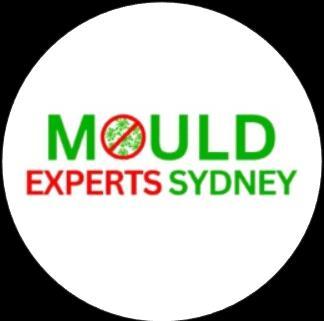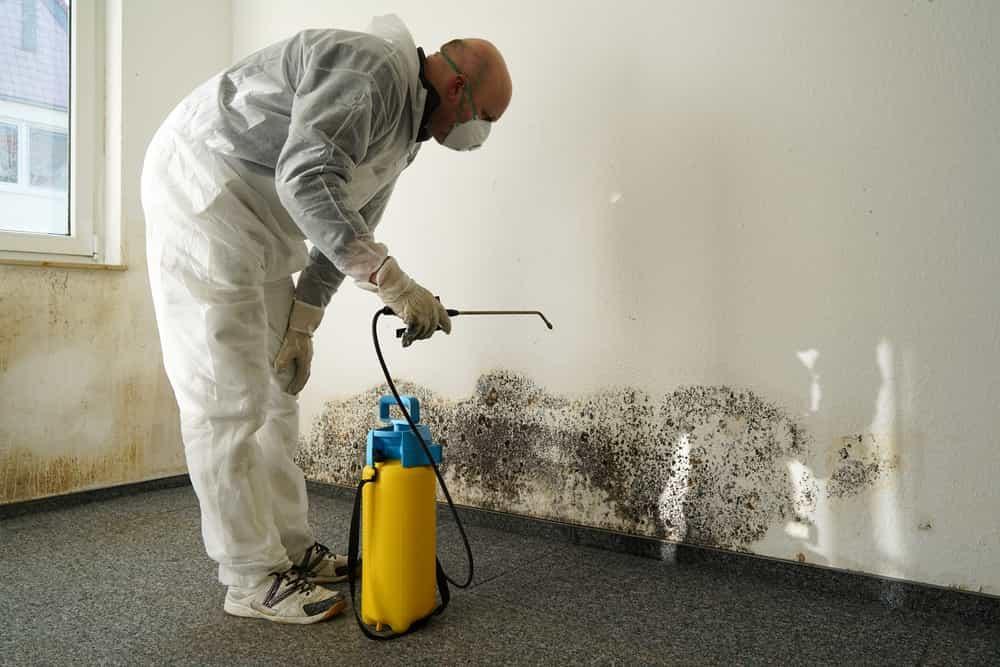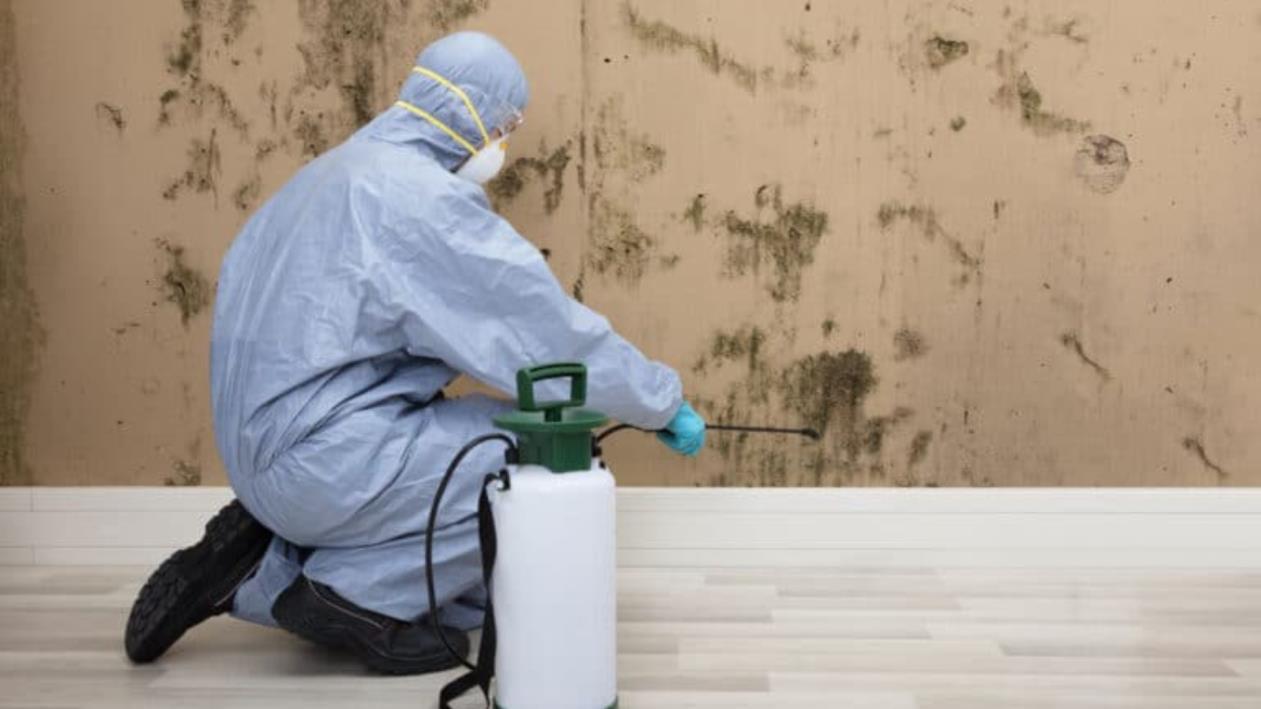

What Makes Mould Remediation in Sydney
Essential for Your Home?
Mould is a persistent problem in many homes, particularly in areas like Sydney where humidity levels can fluctuate significantly. While it may appear as a minor inconvenience, mould growth can have serious consequences if left unchecked. From health risks to structural damage, the impact of mould is far-reaching. This makes mould remediation in Sydney not just a choice but an essential step in maintaining a healthy and safe living environment.
Understanding the Dangers of Mould
Mould is a type of fungus that thrives in damp, humid conditions. It can grow on various surfaces, including walls, ceilings, carpets, and even furniture. The presence of mould is often accompanied by a musty odor and visible black, green, or white patches. However, the real danger lies in the spores that mould releases into the air.
These spores can be inhaled, leading to a range of health issues, especially for individuals with respiratory conditions, allergies, or weakened immune systems. Symptoms can include coughing, sneezing, skin rashes, and in severe cases, respiratory infections. For those with asthma, exposure to mould can trigger attacks, making it even more crucial to address the issue promptly.
Beyond health concerns, mould can also cause significant structural damage to your home. As it grows, mould breaks down the materials it feeds on, such as wood, drywall, and insulation. Over time, this can weaken the structural integrity of your home, leading to costly repairs and even rendering some areas uninhabitable.
The Importance of Professional Mould Remediation
While some homeowners may attempt to tackle mould growth with DIY solutions, these efforts are often ineffective and can even exacerbate the problem. Mould Remediation in Sydney

requires a comprehensive approach that involves not just removing visible mould but also addressing the underlying cause of the moisture that allows it to thrive.
Professional mould remediation services in Sydney offer several advantages:
1. Thorough Inspection and Assessment: Before beginning any remediation work, professionals conduct a detailed inspection of your home to identify all areas affected by mould. This includes not just visible mould but also hidden growth in areas like behind walls or under carpets. Identifying the source of moisture is also a critical part of the assessment, as this will need to be addressed to prevent future mould growth.
2. Effective Mould Removal: Professional remediation involves the use of specialized equipment and techniques to safely remove mould from your home. This includes HEPA vacuums, air scrubbers, and antimicrobial treatments that eliminate mould spores from the air and surfaces. Professionals also take steps to contain the mould during removal to prevent it from spreading to other areas of the home.
3. Moisture Control: Addressing the moisture problem is key to preventing future mould growth. Professionals will identify the source of moisture, whether it's a leaky roof, poor ventilation, or plumbing issues, and recommend solutions to fix it. They may also suggest improvements such as better ventilation or the use of dehumidifiers to keep humidity levels in check.
4. Preventive Measures: In addition to removing existing mould and addressing moisture issues, professional mould remediation services in Sydney often include preventive measures to protect your home from future infestations. This may involve applying mould-resistant coatings to surfaces, installing proper drainage systems, or improving insulation to reduce the risk of condensation.

5. Peace of Mind: Perhaps the most significant benefit of professional mould remediation is the peace of mind it offers. Knowing that the mould has been thoroughly removed and the conditions that caused it have been addressed allows homeowners to feel confident that their home is safe and healthy.
Why Sydney Homeowners Need Mould Remediation
Sydney's climate, with its mix of hot, humid summers and cool, damp winters, creates the perfect environment for mould growth. Coastal areas, in particular, are prone to higher humidity levels, which can lead to condensation and, subsequently, mould. Even newer homes are not immune to this problem, especially if they have been constructed with materials that are prone to moisture retention.
Moreover, Sydney’s older homes often have poor ventilation, outdated plumbing, and insulation issues, all of which can contribute to moisture buildup and mould growth. Regular home maintenance, including roof inspections, gutter cleaning, and checking for leaks, is essential, but even the most vigilant homeowners can find themselves dealing with mould at some point.
For these reasons, mould remediation in Sydney is not just about addressing an existing problem it's about protecting your home and your health in the long term. Whether you're dealing with a minor mould issue or a more widespread infestation, professional remediation is the best way to ensure that the problem is fully resolved.
The Process of Mould Remediation in Sydney
The mould remediation process typically follows a series of steps to ensure that the mould is effectively removed and that the underlying causes are addressed. Here’s what homeowners can generally expect:
1. Initial Inspection: A thorough inspection is conducted to assess the extent of the mould problem and identify the source of moisture. This may involve using moisture meters, infrared cameras, and other tools to detect hidden mould and damp areas.
2. Containment: To prevent the spread of mould spores to other areas of the home, the affected area is isolated using physical barriers and negative air pressure. This is a crucial step in preventing cross-contamination.
3. Air Filtration: High-efficiency particulate air (HEPA) filters are used to capture mould spores from the air. This step helps to clean the indoor air and reduce the risk of spores settling elsewhere in the home.
4. Mould Removal: All affected materials are either cleaned or removed, depending on the extent of the mould damage. Non-porous surfaces may be cleaned with antimicrobial solutions, while porous materials like drywall or carpet may need to be removed and replaced.
5. Cleaning and Disinfection: The area is thoroughly cleaned and disinfected to eliminate any remaining mould spores. This step may also involve the use of biocides to prevent future mould growth.
6. Repairs and Restoration: Any materials that were removed during the remediation process are replaced or repaired. This may include drywall, insulation, flooring, or other structural components.
7. Moisture Control Solutions: Finally, steps are taken to address the source of moisture to prevent future mould growth. This may involve repairing leaks, improving ventilation, or installing dehumidifiers.
Conclusion
Mould remediation in Sydney is an essential service for any homeowner dealing with the challenges of mould growth. The health risks and potential structural damage that mould can cause make it a problem that should not be taken lightly. Professional mould remediation ensures that the mould is thoroughly removed, the underlying causes are addressed, and preventive measures are put in place to protect your home and your health. With Sydney’s unique climate and environmental conditions, taking proactive steps to keep your home mouldfree is a wise investment in your property’s longevity and your family’s well-being.
